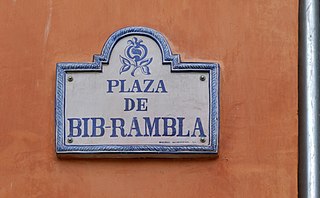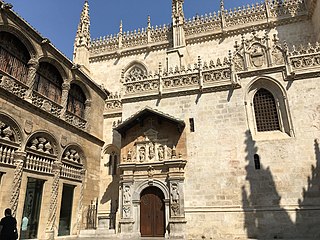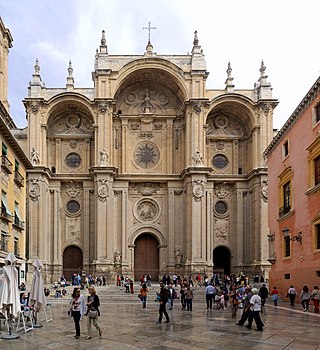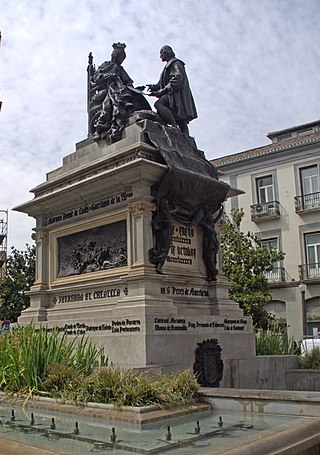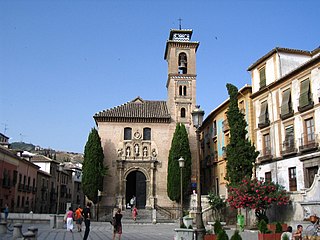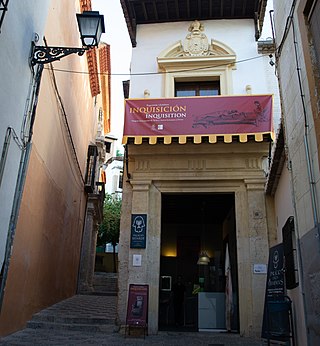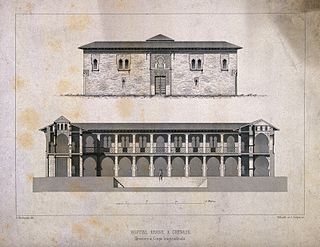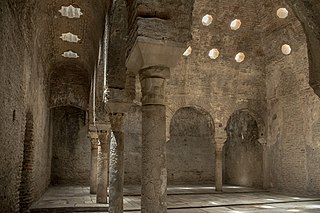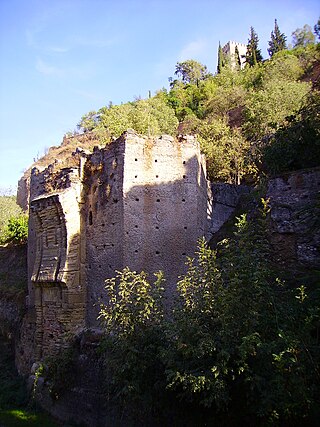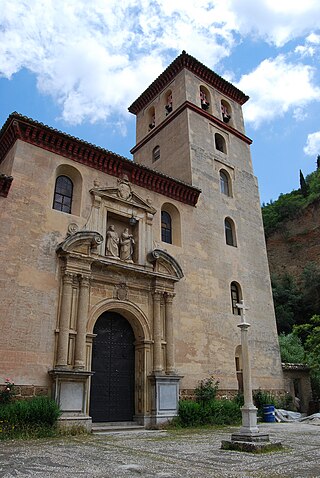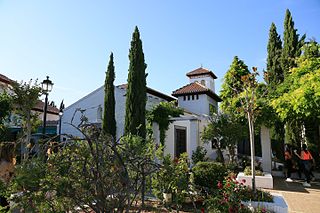Self-guided Sightseeing Tour #1 in Granada, Spain
Legend
Guided Free Walking Tours
Book free guided walking tours in Granada.
Guided Sightseeing Tours
Book guided sightseeing tours and activities in Granada.
Tour Facts
2.6 km
58 m
Experience Granada in Spain in a whole new way with our self-guided sightseeing tour. This site not only offers you practical information and insider tips, but also a rich variety of activities and sights you shouldn't miss. Whether you love art and culture, want to explore historical sites or simply want to experience the vibrant atmosphere of a lively city - you'll find everything you need for your personal adventure here.
Activities in GranadaIndividual Sights in GranadaSight 1: Jardín Botánico de la Universidad de Granada
The Botanical Garden of the University of Granada is a small botanical garden located in the Spanish city of Granada. It depends administratively on the University of Granada.
Wikipedia: Jardín botánico de la Universidad de Granada (ES), Operator Website
Sight 2: Centro Federico García Lorca
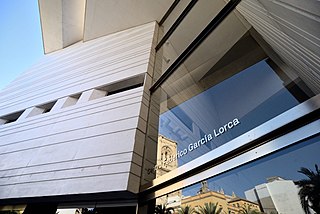
The Federico García Lorca Centre is a cultural institution aimed at the study and research of the life and work of the poet Federico García Lorca (1898-1936), as well as the dissemination of his literary production and the conservation of his documentary legacy. In addition, it is a space designed to house all kinds of contemporary artistic manifestations, preferably those related to the author. It is managed by a consortium made up of the Ministry of Culture of the Government of Spain, the Ministry of Culture of the Junta de Andalucía, the City Council of Granada and the Provincial Council of Granada. Its headquarters are located in the Plaza de la Romanilla in Granada, in the heart of the historic center of the city.
Sight 3: Bib-Rambla Square
The Plaza de Bib-Rambla, or Bibarrambla, is a public space located in the Spanish city of Granada, in Andalusia.
Sight 4: Alcaicería
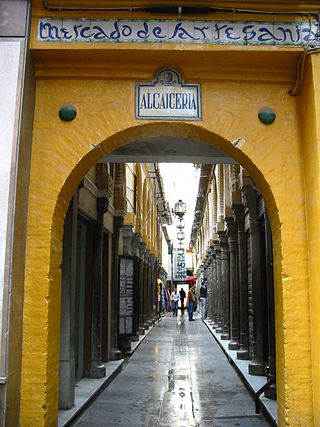
The Alcaicería de Granada is an alcaicería located in the vicinity of the Cathedral of Granada in Granada, Spain. Today, it is dedicated to Granada's craft shops, where the popular Fajalauza earthenware, wood inlay or inlay, and coloured glass lampposts are sold. It also includes shops such as bookshops, jewellery shops and hospitality establishments.
Sight 5: Royal Chapel
Get Ticket*The Royal Chapel of Granada is an Isabelline style building in Granada, Spain. Constructed between 1505 and 1517, it was originally integrated in the complex of the neighbouring Granada Cathedral. It is the burial place of the Spanish monarchs, Queen Isabella I and King Ferdinand, the Catholic Monarchs. Apart from these historical links, this building also contains a gallery of artworks and other items associated with Queen Isabella.
Sight 6: Catedral de Granada
The Metropolitan Cathedral-Basilica of the Incarnation, is a Roman Catholic cathedral in the city of Granada, Spain. The cathedral is the seat of the Archdiocese of Granada. Like many other cathedrals in Andalusia, it was built on top of the city's main mosque after the reconquest of Granada.
Sight 7: Monumento a Isabel la Católica
The Monument to Isabella the Catholic also known as the Monumento a Isabel la Católica y Colón or monumento del IV Centenario is an instance of public art in Granada, Spain. Designed by Mariano Benlliure, it consists of a bronze sculptural group depicting a meeting of Isabella I of Castile with Christopher Columbus.
Sight 8: Iglesia de San Gil y Santa Ana
The church of Santa Ana, officially the parish church of San Gil y Santa Ana is a parish church of the Roman Catholic Church in Granada, autonomous community of Andalusia, Spain. It is part of the group of Mudejar churches in the city; it is located on the left bank of the Darro River, in a small square annexed to the space dominated by the Plaza Nueva, at the beginning of the Carrera del Darro and at the foot of the Alhambra, near the Royal Chancery and the Pilar del Toro fountain.
Sight 9: Palacio de los Olvidados
Get Ticket*The Palace of the Forgotten is a museum in Granada, Spain, dedicated to the Spanish Inquisition, Jewish history, and Granada's and Andalusia's heritage. The building is located in the Albaicín, a neighbourhood declared a World Heritage Site by UNESCO in 1994 as an extension of the monumental complex of the Alhambra and the Generalife.
Wikipedia: Palacio de los Olvidados (EN), Website, Facebook, Instagram
Sight 10: Maristán hospital
The Maristan of Granada was a bimaristan (hospital) in Granada, Spain. It was built in the 14th century during the Nasrid period and demolished in the 19th century.
Sight 11: El Bañuelo
The Bañuelo or El Bañuelo, also known as the Baño del Nogal or Hammam al-Yawza, is a preserved historic hammam in Granada, Spain. It is located in the Albaicin quarter of the city, on the banks of the Darro River. It was used as a bathhouse up until the 16th century at least, before becoming defunct and being converted to other uses. In the 20th century it underwent numerous restorations by Spanish experts and is now open as a tourist attraction.
Sight 12: Puente del Cadí
The Cadí bridge is located in the urban area of Granada, over the Darro River. Currently only one of its two abutments are still standing, specifically the one located on the edge of the Alhambra Forest, in the shape of a hexagonal tower, as well as the start of a large horseshoe vault.
Sight 13: Iglesia de San Pedro y San Pablo
The church of San Pedro and San Pablo in the Spanish city of Granada, autonomous community of Andalusia, is of Mudejar and Renaissance styles, designed by the architect Juan de Maeda, it was built in the sixteenth century, between the years 1559 and completed in 1567.
Sight 14: Iglesia de San Nicolás
The church of San Nicolás was built in Mudejar style in 1525 and is located in the historic Albaicín district of the Spanish city of Granada.
Sight 15: Mezquita de Granada
The Granada Mosque is located adjacent to the Plaza San Nicholas in the Albaicin district of Granada, Spain. It was the first mosque built in the city since 1492, when the conquest of Granada by Queen Isabella I of Castile and King Ferdinand II of Aragon concluded the reconquest of Spain by the Catholic Monarchs. Funded mainly by overseas donations, and local support, the mosque was opened in 2003.
Share
Disclaimer Please be aware of your surroundings and do not enter private property. We are not liable for any damages that occur during the tours.
GPX-Download For navigation apps and GPS devices you can download the tour as a GPX file.
